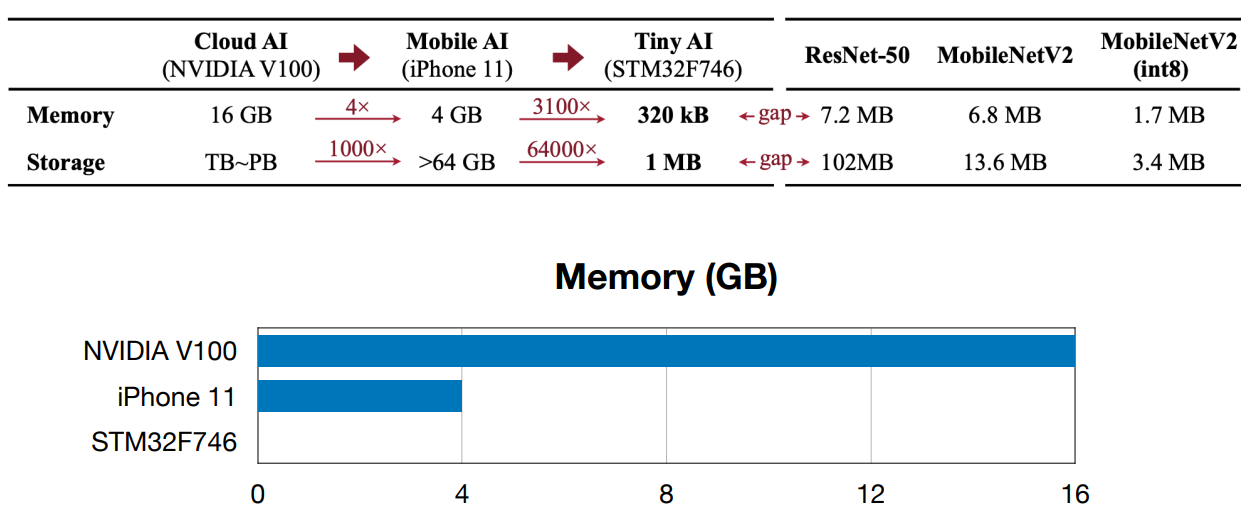Neural Architecture Search
Primitive Operations
- Linear: in_channels = 8, out_channels = 16
- Normal Convolution: in_channels = 8, out_channels = 16, groups=1
- One convolution over all input channels producing all output channels.
- Input: CxHxW, Filter: FxCxKxK, Output: FxHxW
- F Filters of size CxKxK
- Depth-Wise Convolution: in_channels = 8, out_channels = 8, groups=8
- Eight independent convolutions, each over one input channel producing one output channel.
- Input: CxHxW, Filter: Cx1xKxK, Output: CxHxW
- C Filters of size 1xKxK
- Each filter is applied only to its corresponding input channel, producing an output for each channel separately.
- Grouped Convolution: in_channels = 8, out_channels = 16, groups=4
- Four independent convolutions, each over 2 input channels (in_channels/groups) producing 4 output channels (out_channels/groups).
- Input: CxHxW, Filter: F/G x C/G x KxK, Output: FxHxW
- G groups of F/G filters of size C/G x KxK.
- if groups == in_channels becomes Depth wise convolution
- Point-Wise Convolution (1x1 Convolution): in_channels = 8, out_channels = 16, groups=1
- Each filter performs a linear combination across the depth channels, effectively transforming the depth without changing the spatial dimensions.
- Input: CxHxW, Filter: FxCx1x1, Output: FxHxW
- F Filters of size 1xKxK
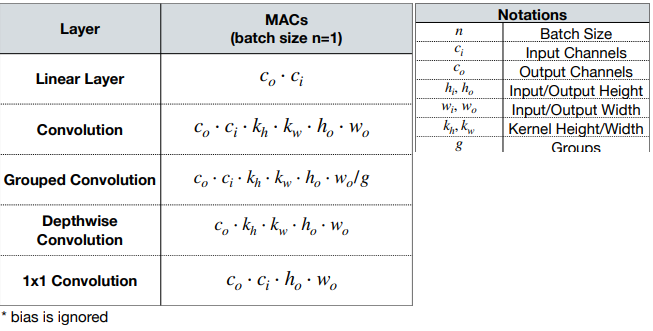
Classical Building Blocks
ResNet: Bottleneck block

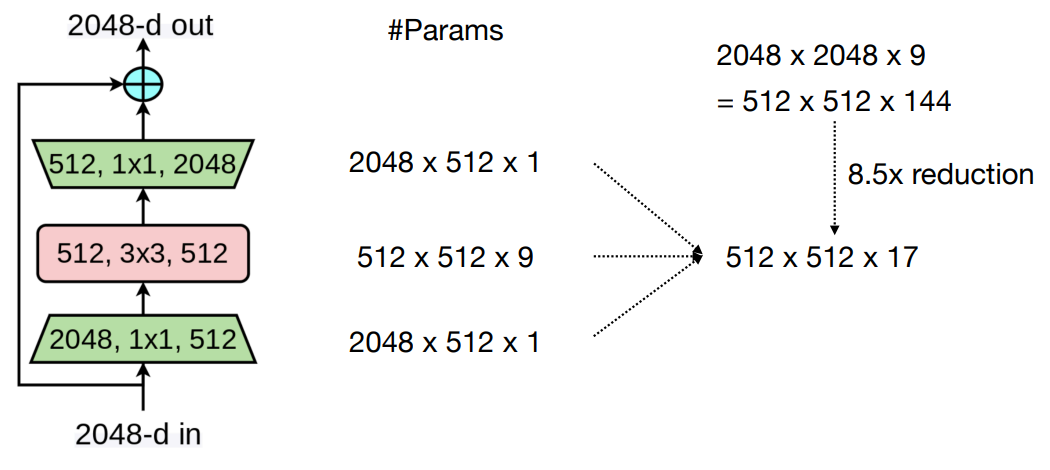
ResNeXt: Grouped Convolution

MobileNet: Depthwise Convolutions
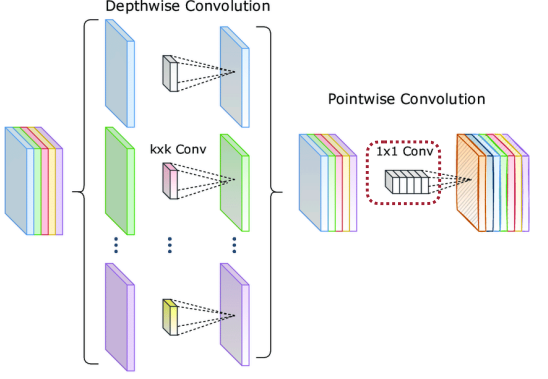



ShuffleNet: 1x1 Group Conv & Channel shuffle
- Further reduce the cost by replacing 1x1 convolution with 1x1 group convolution.
- Exchange information across different groups via channel shuffle
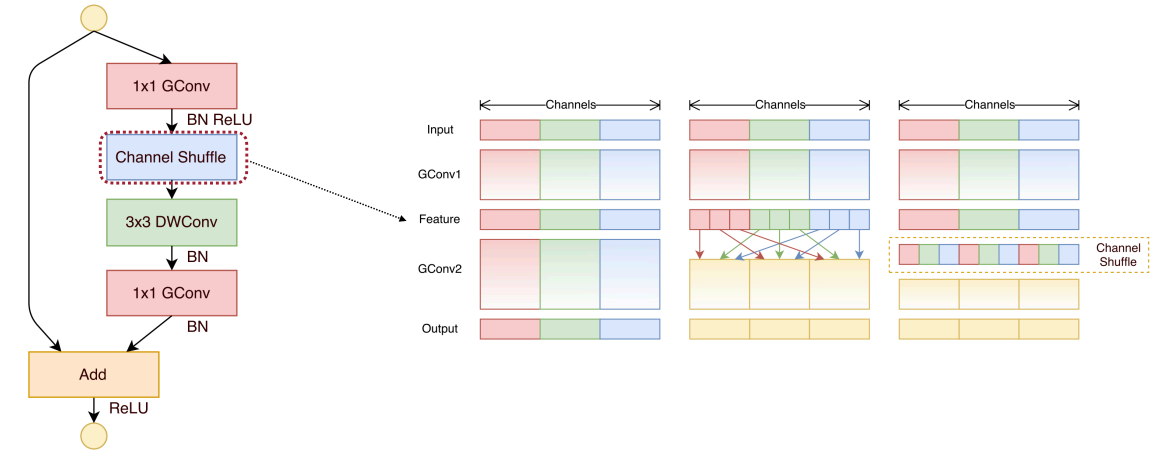
NAS

Search Space
Cell-level Search Space
For i in range(1, B+1):
- Identify the first input.
- Identify the second input.
- Select the transformation operation for the first input.
- Select the transformation operation for the second input.
- Choose the method to combine the results from the two transformed inputs.
Result:
- A cell generated after one step

Size of search space:
Question: Assuming that we have two candidate inputs, M candidate operations to transform the inputs and N potential operations to combine hidden states, what is the size of the search space in NASNet if we have B layers?
Answer: (2 × 2 × M × M × N)B = 4BM2BNB
Assume M=5, N=2, B=5, we 3.2 × 1011 have candidates in the design space.
Network-level Search Space
- Depth Dimension
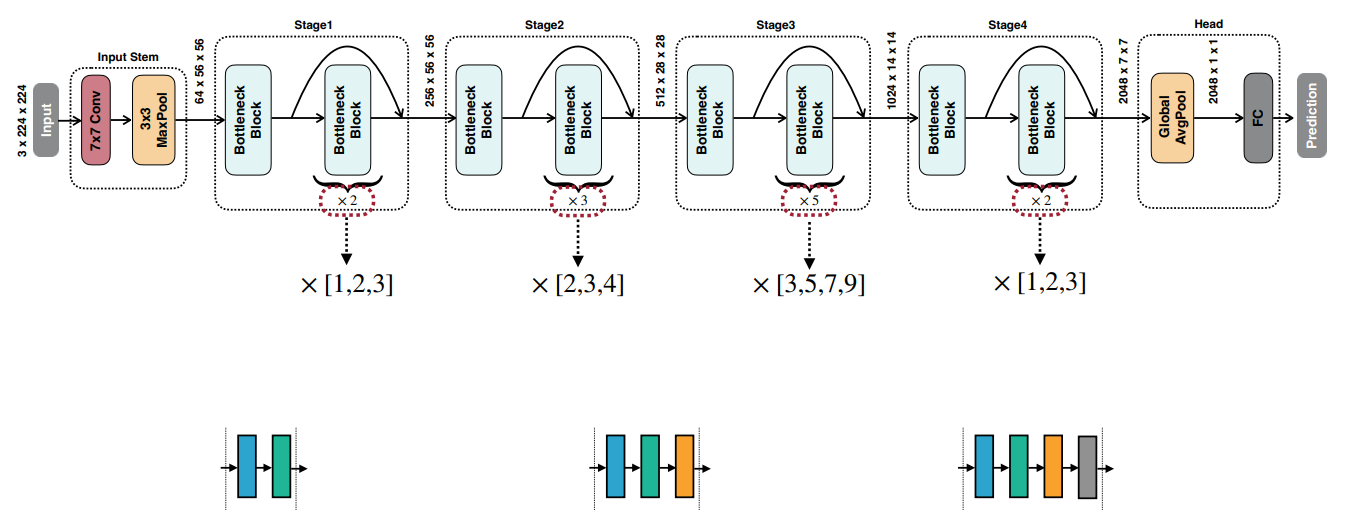
- Resolution Dimension
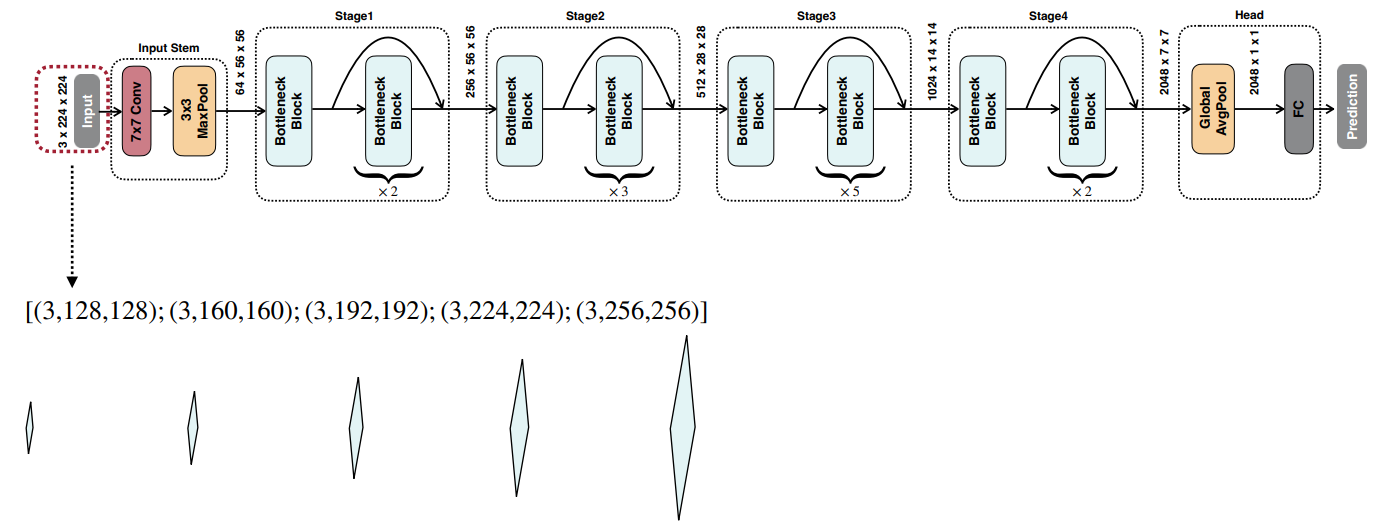
- Width Dimension
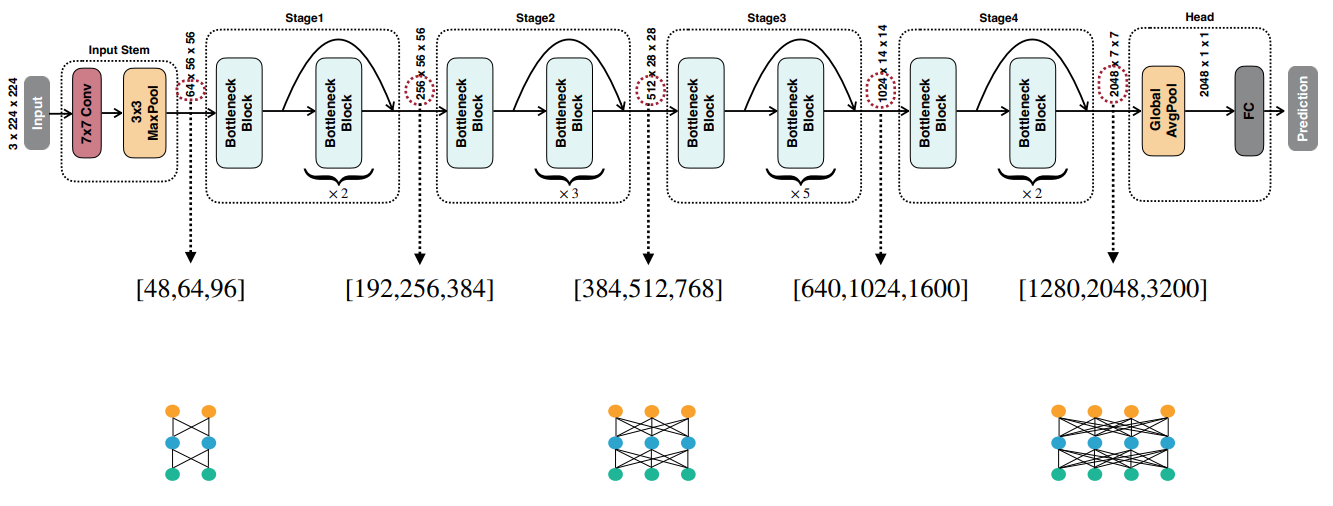
- Kernel Size Dimension
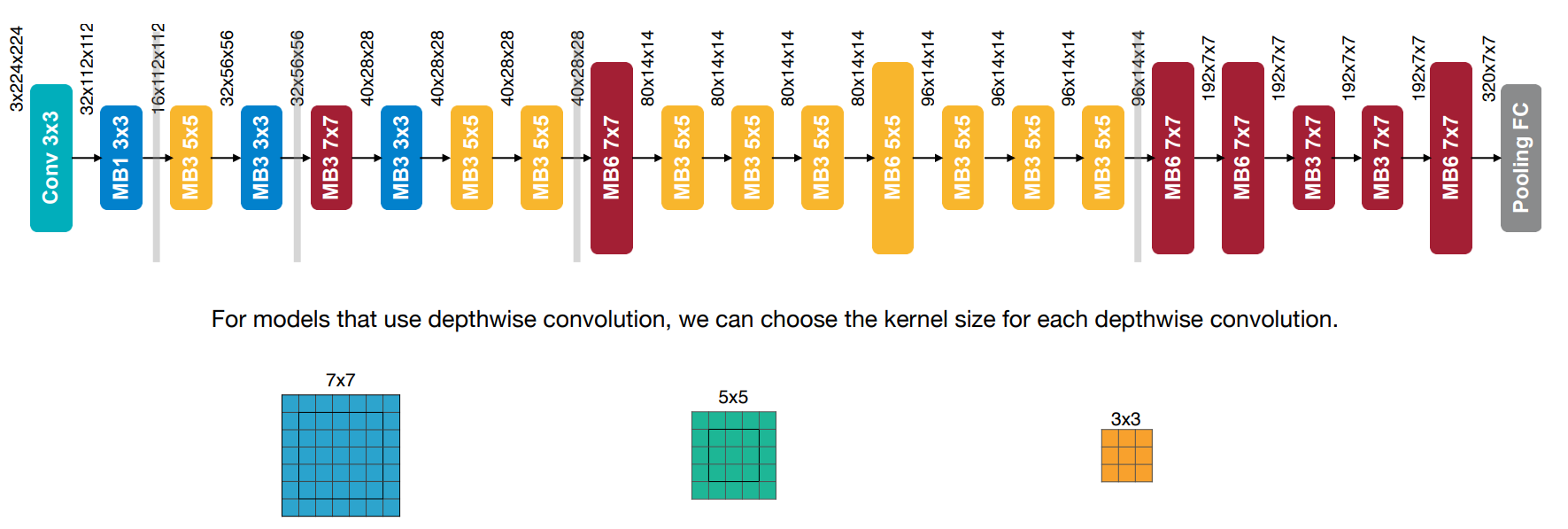
- Topology Connection
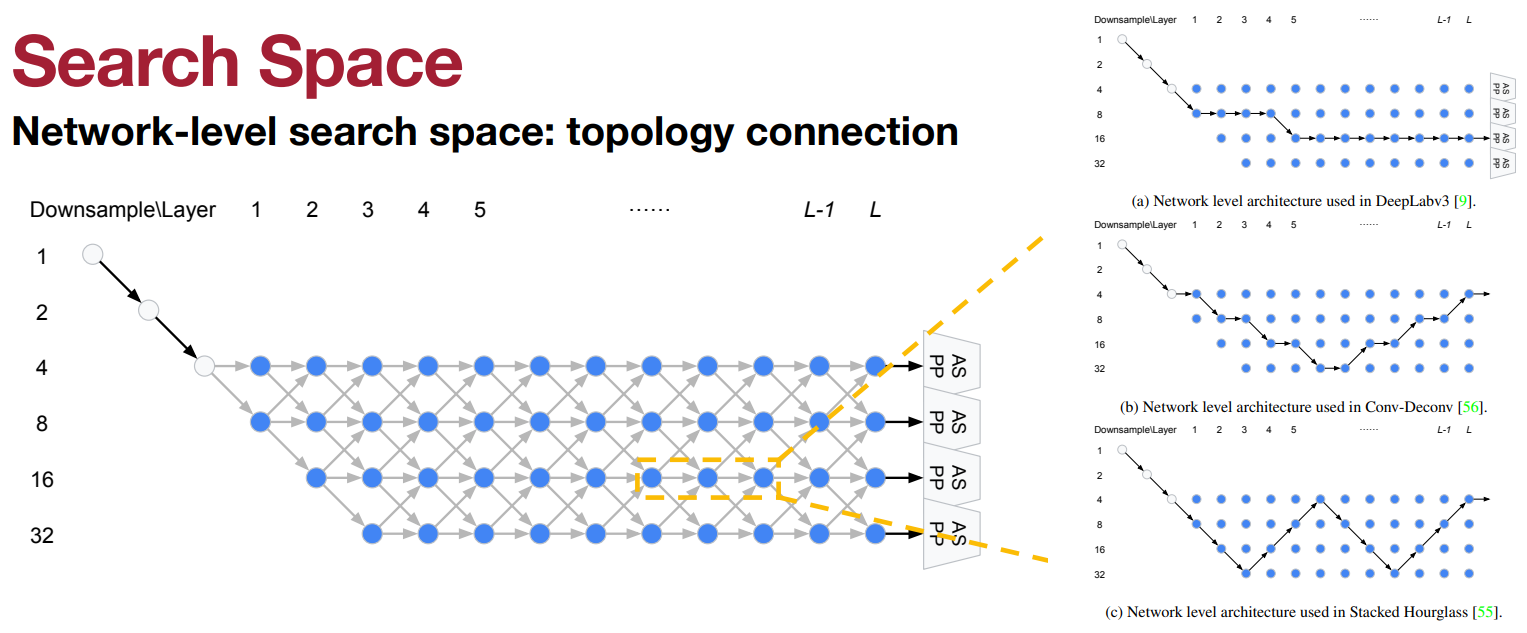
- TinyML
